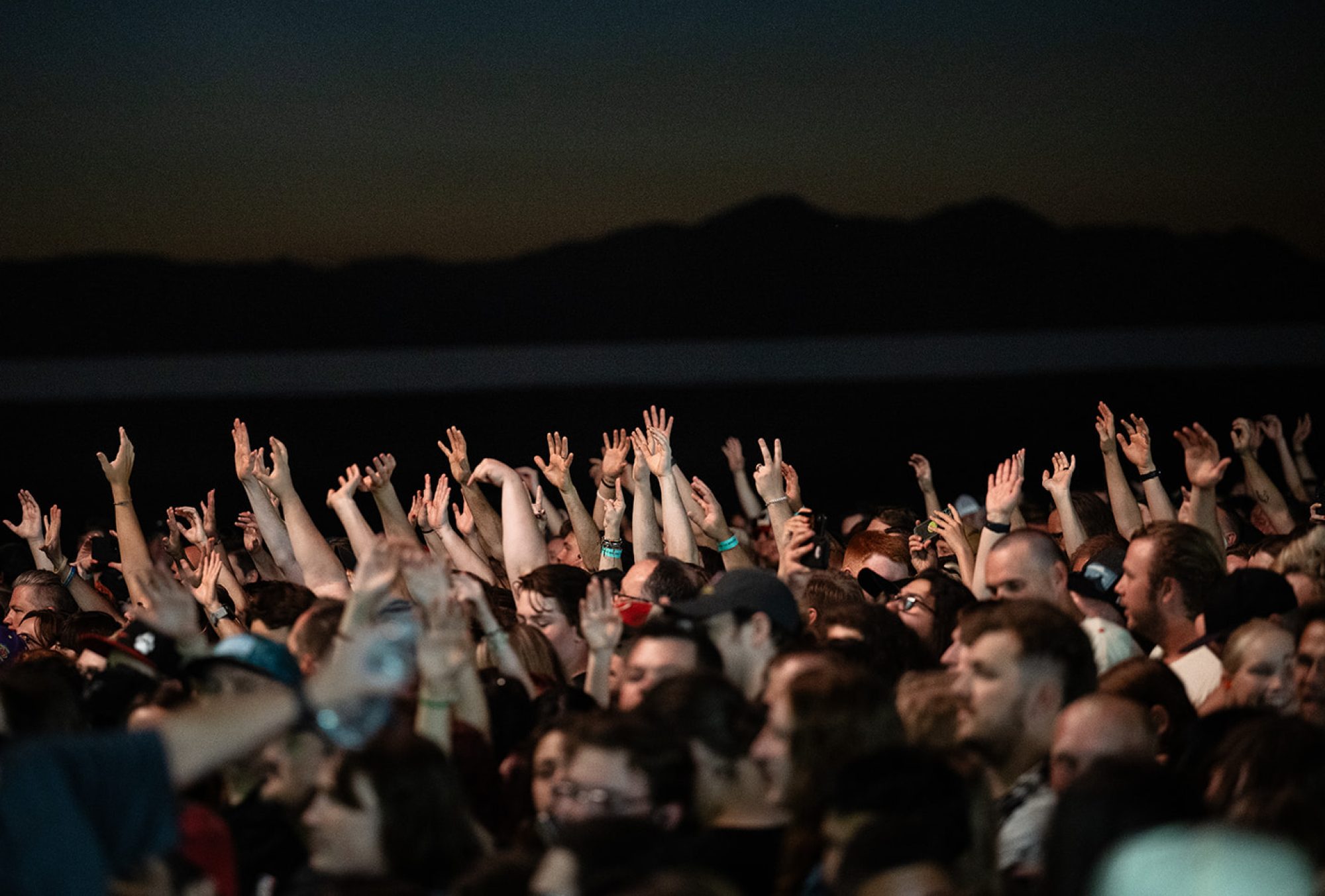Wolf Alice w/ The Blossom The Complex
Reviewed by Vanessa Holt
A great kick-off to the month, Wolf Alice stopped in Salt Lake on the tour of their newest album, Blue Weekend. Before being offered the chance to photograph them a coworker had brought up the band to me in a discussion. I had never heard of Wolf Alice before but during this discussion, there was nothing but good things spoken about the band. After hearing all that I was excited to hear them live. A couple of hours before doors opened, I was streaming their top few songs to get an idea of the type of sound and vibe that was going to be heard from the night. I was immediately intrigued by the alternative rock sound of it all. I was curious how they were going to be live.
Continue reading “Wolf Alice November 1, 2021 The Complex”













